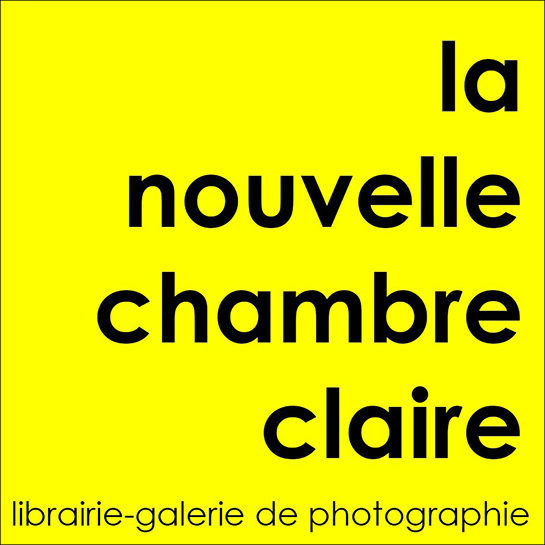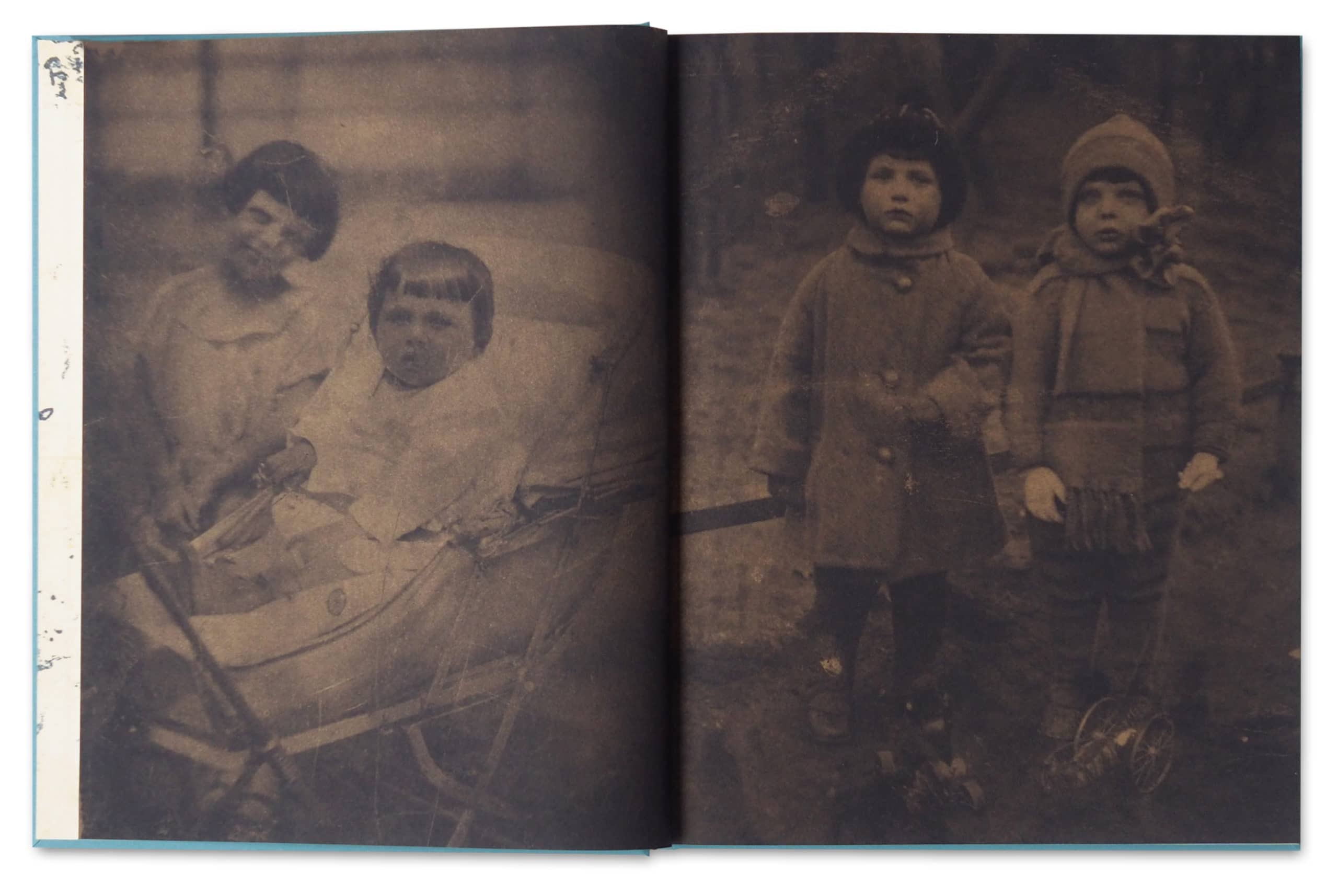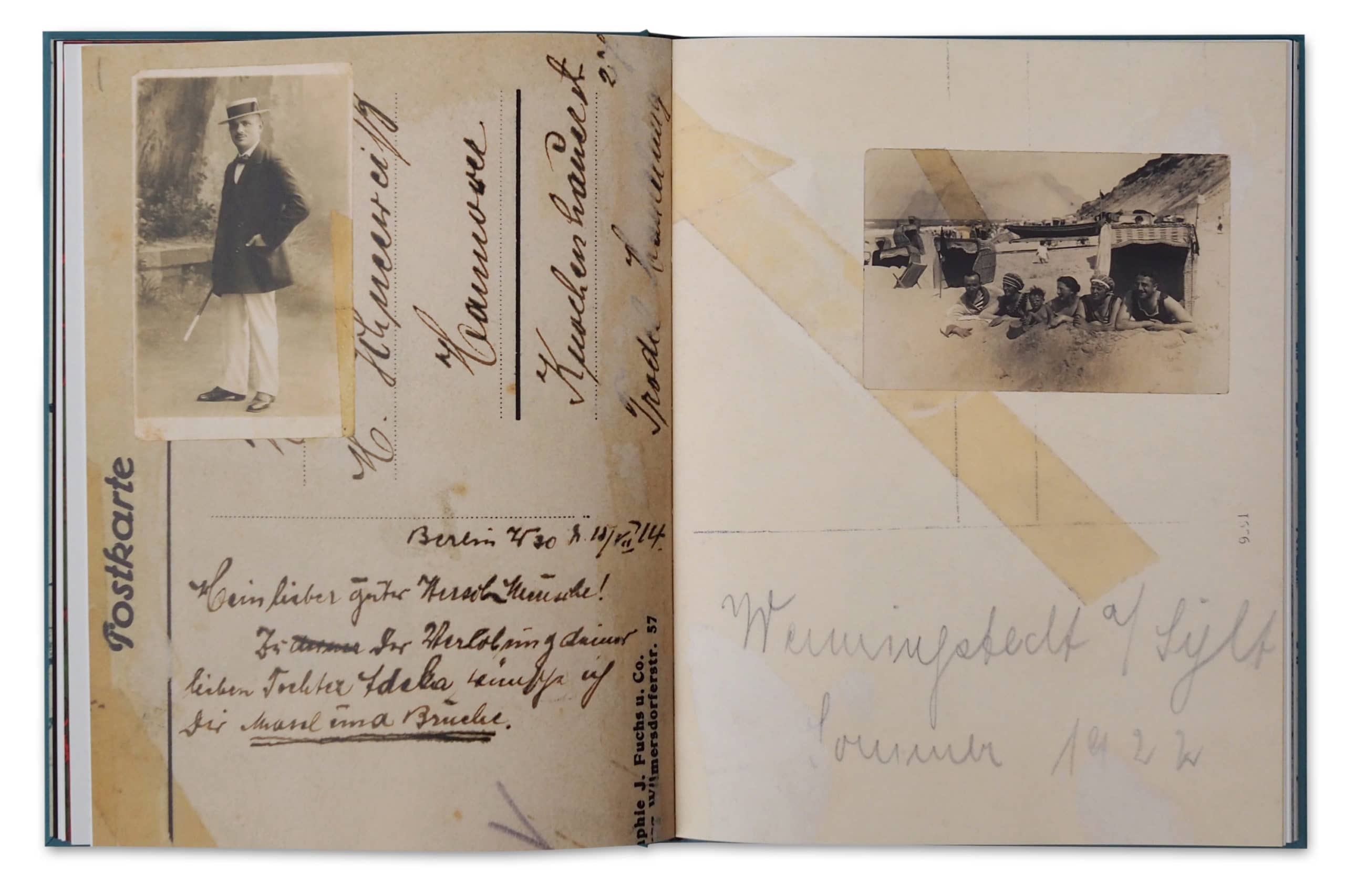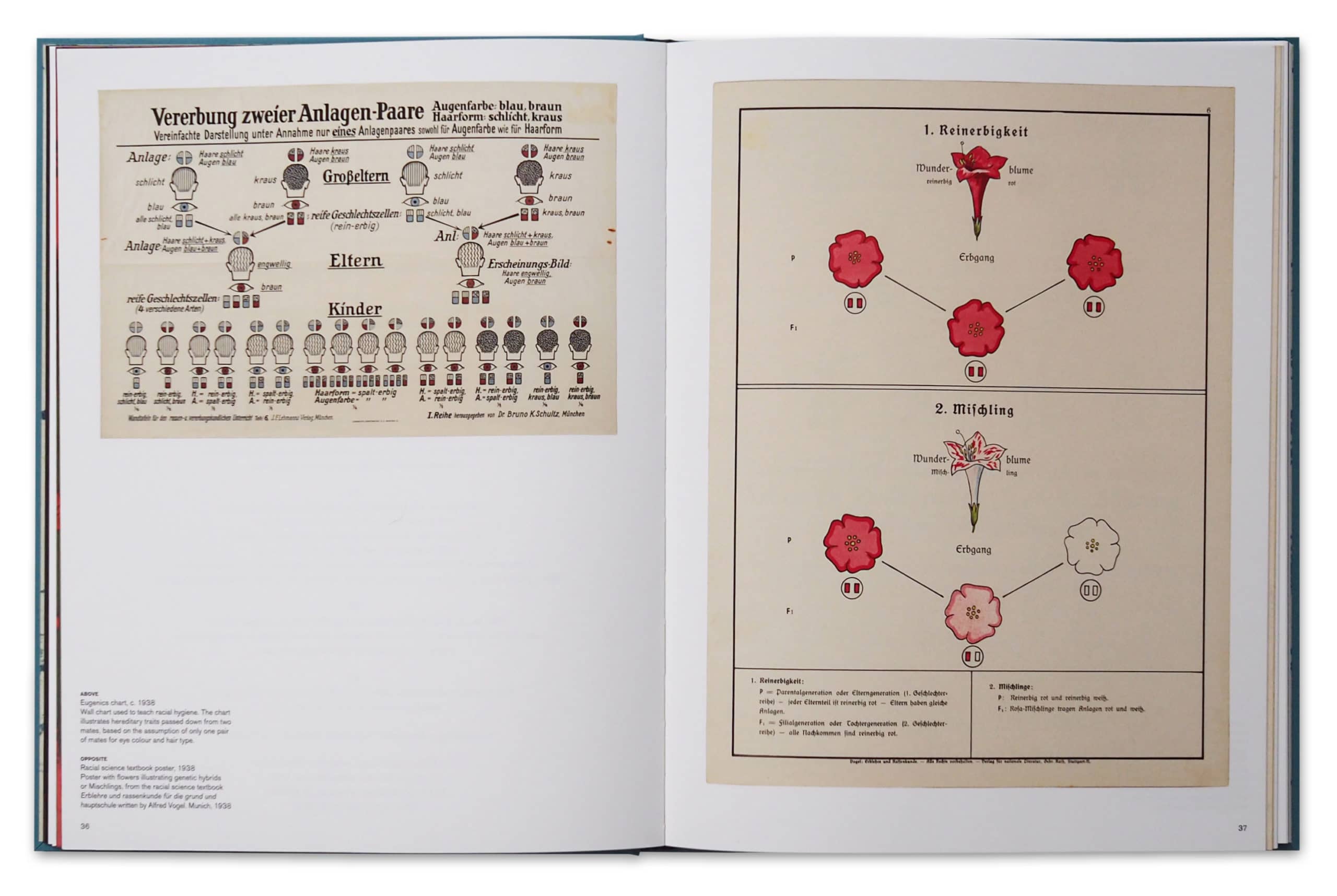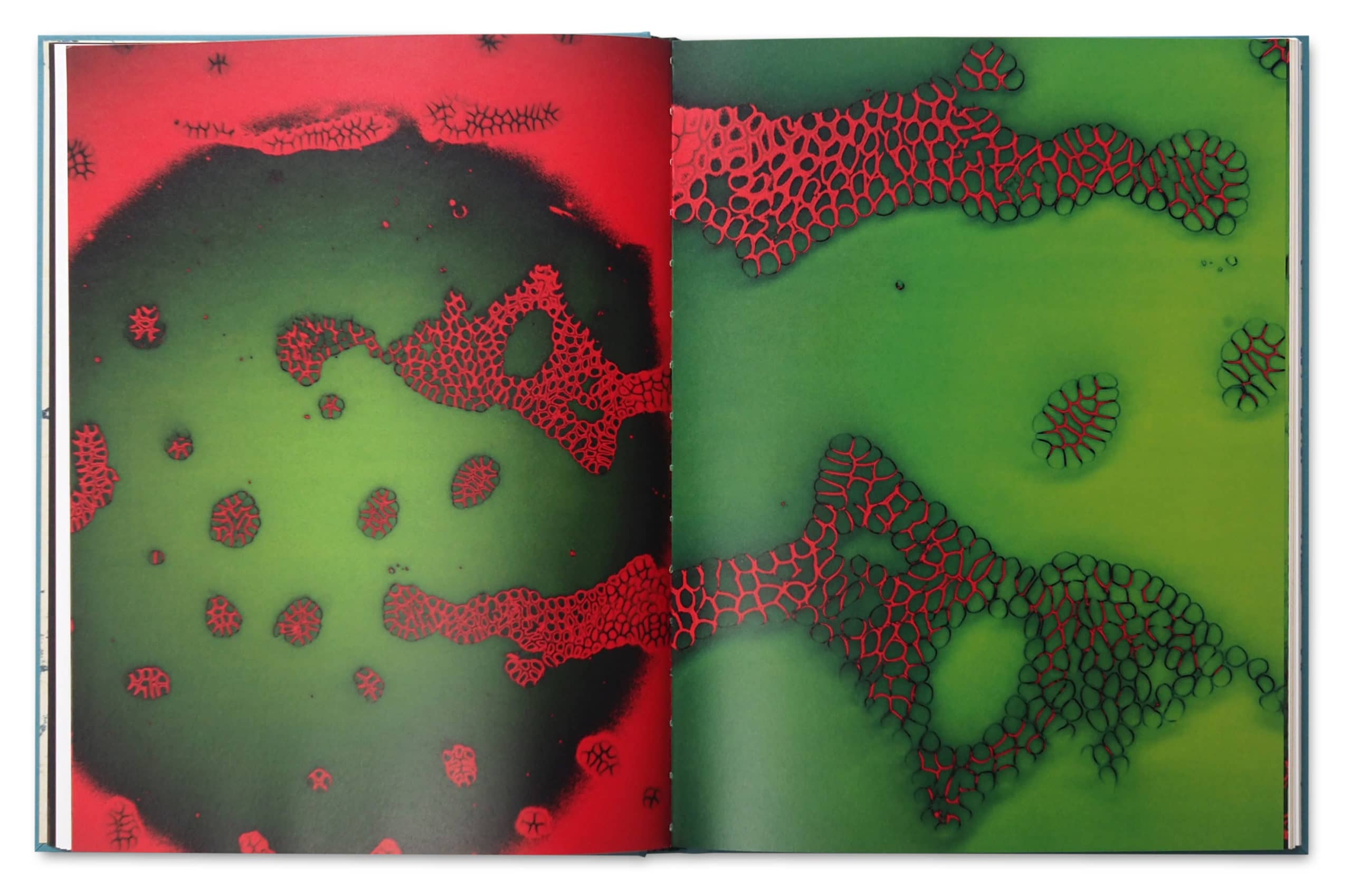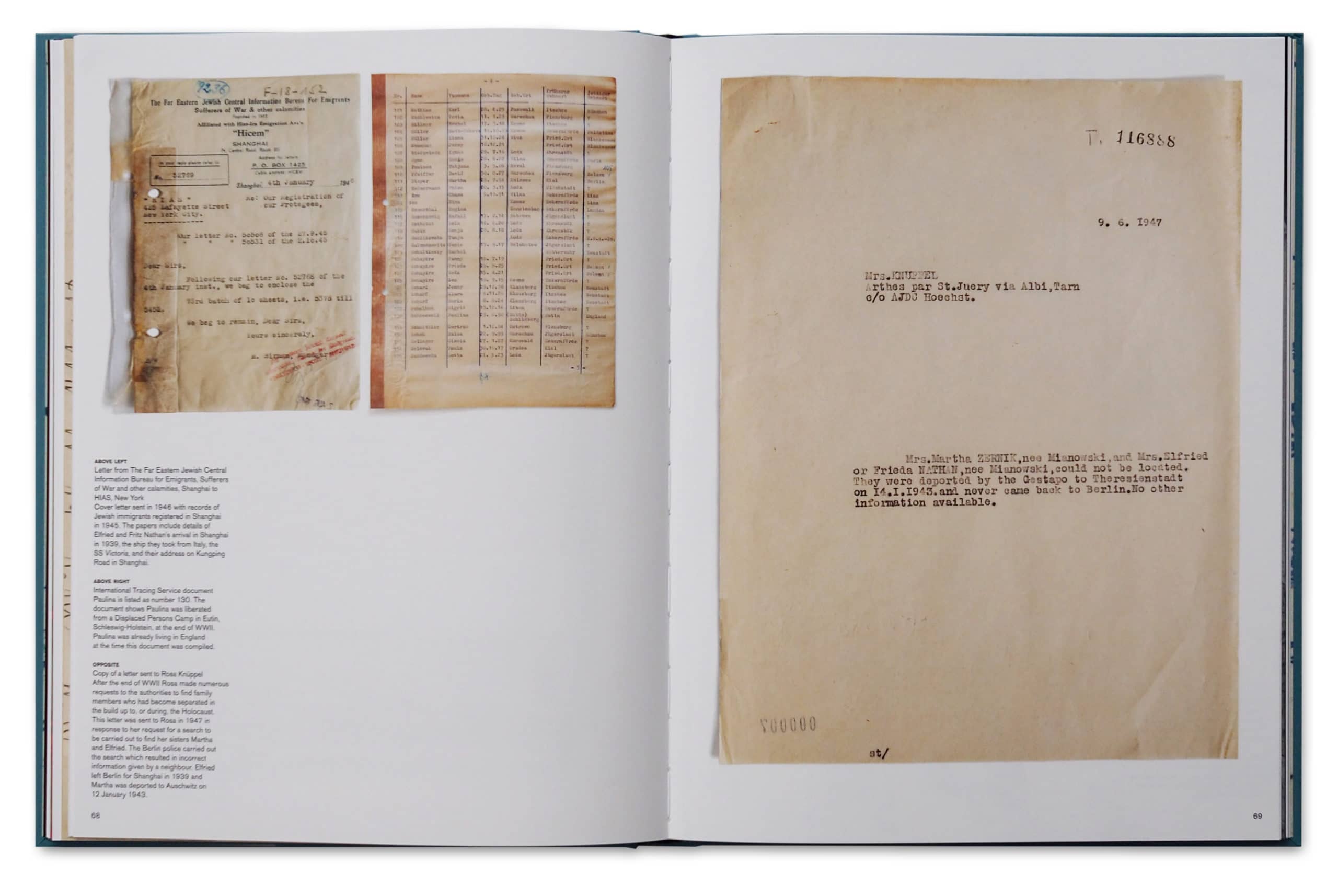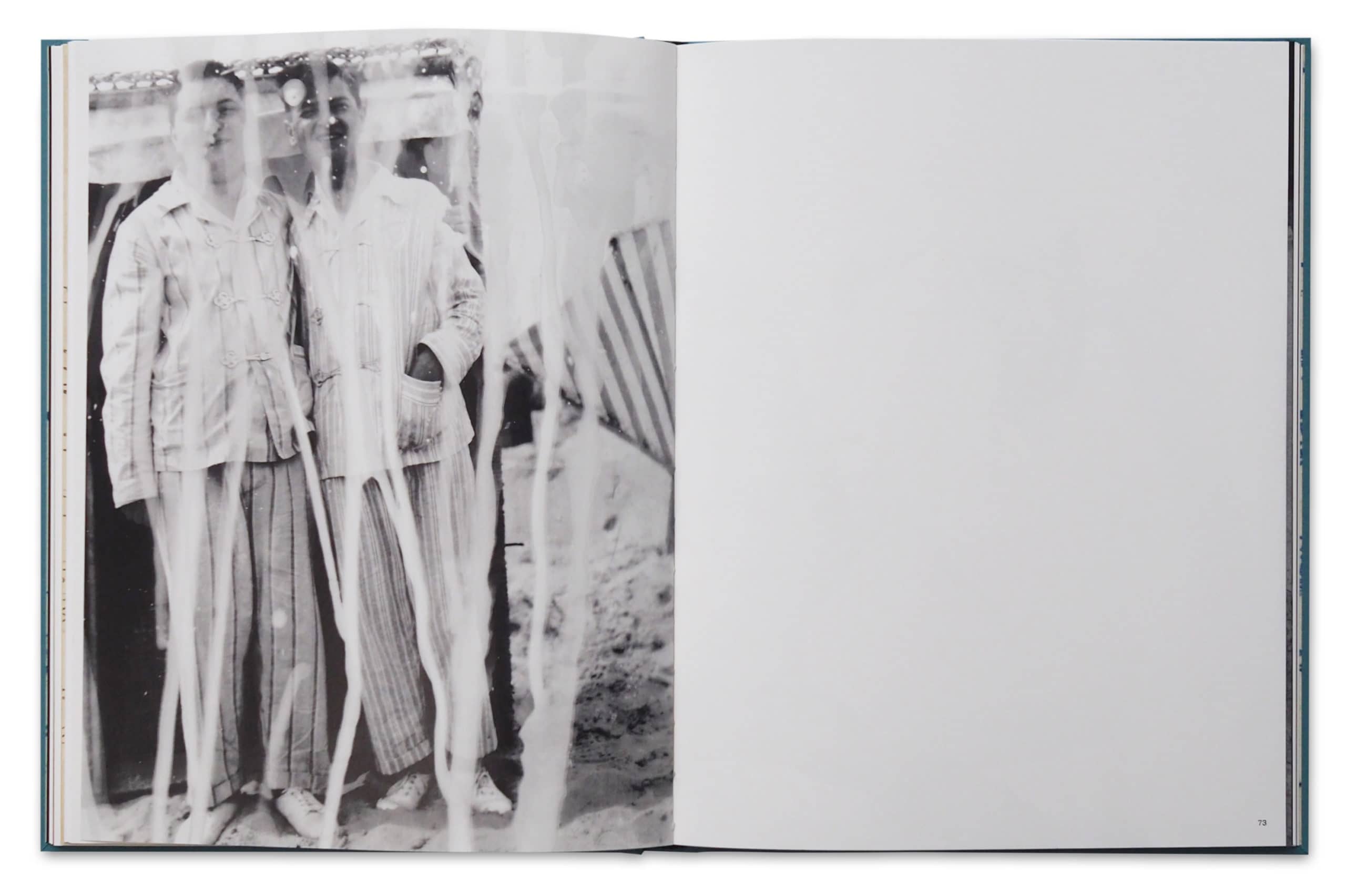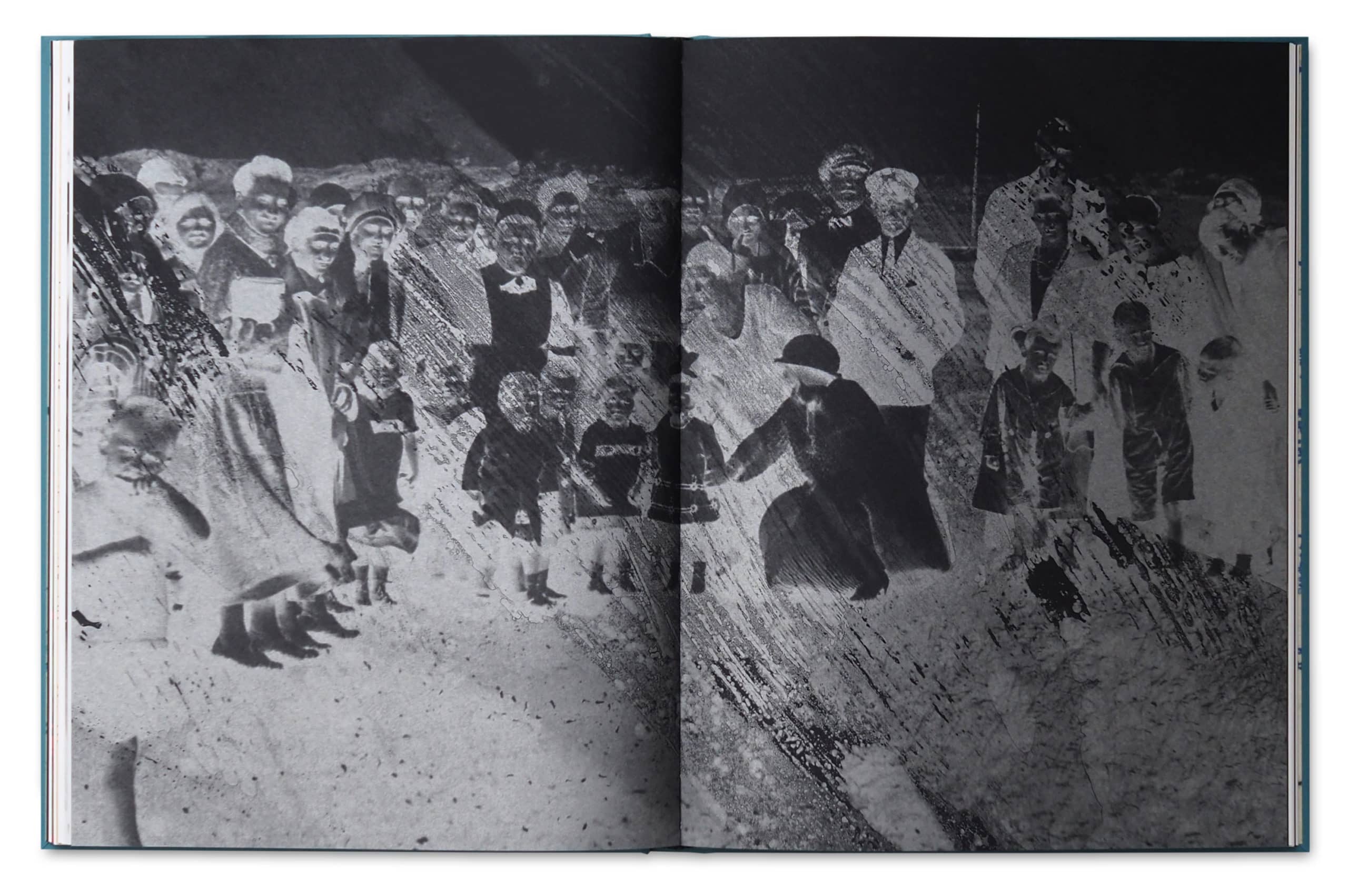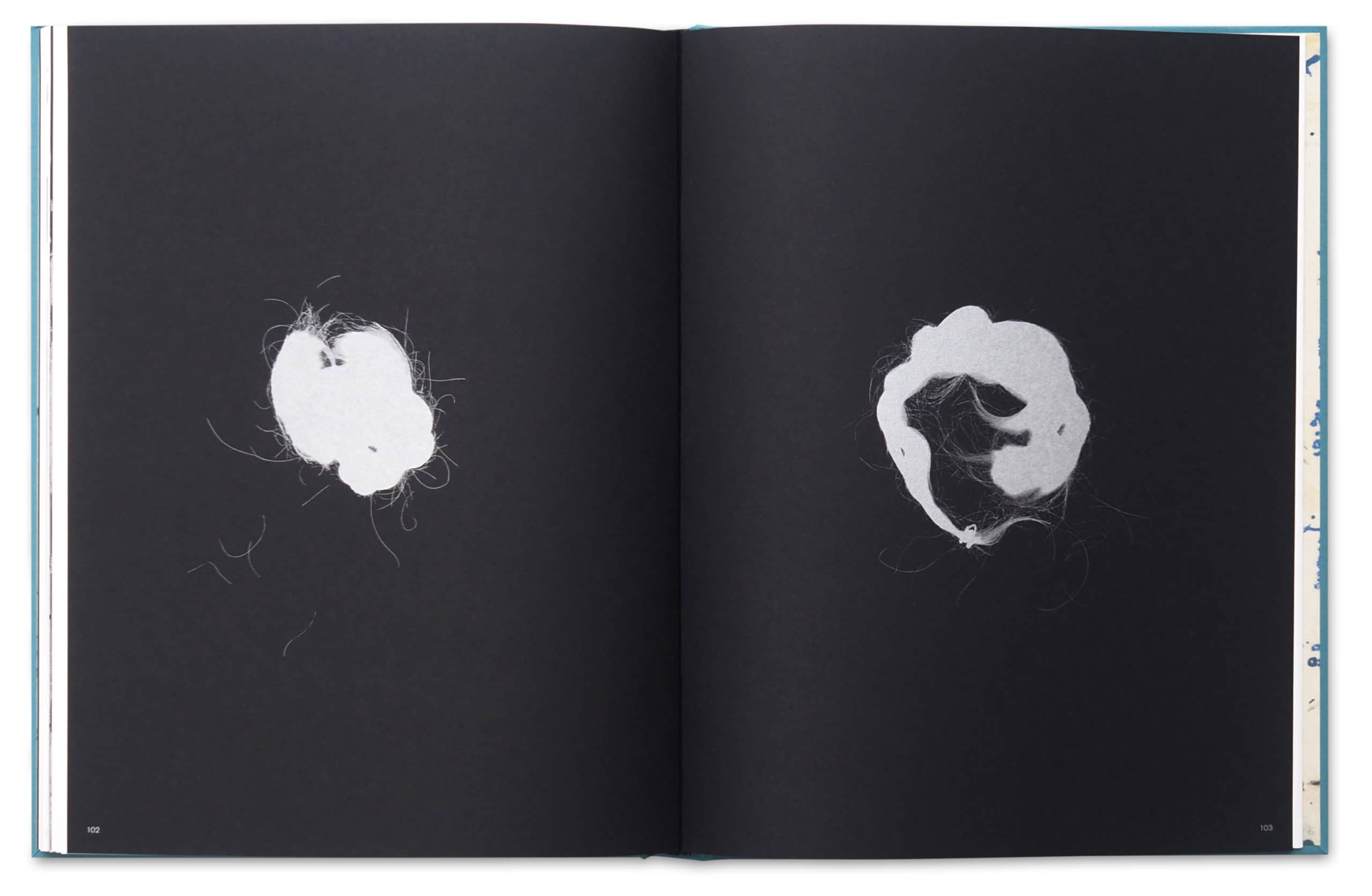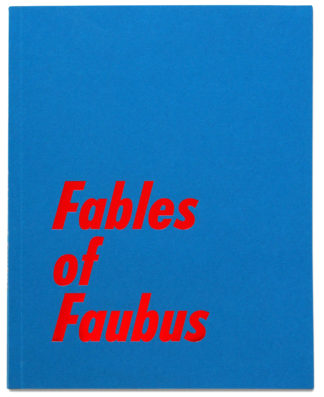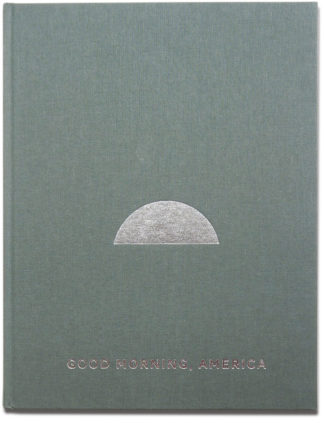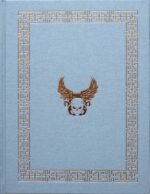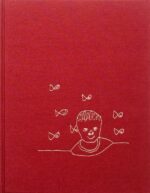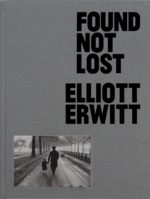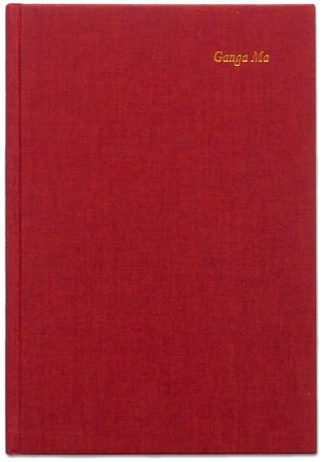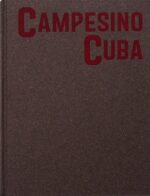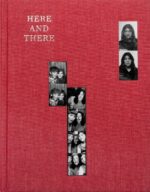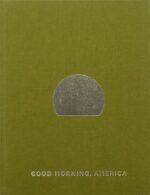Mischling 1 de Sara Davidmann est une enquête sur le sort de la famille de l’artiste pendant l’Holocauste. Le livre relie le passé et le présent, le silence et l’histoire, la mémoire et l’identité à travers des photographies de famille, la propagande, des œuvres d’art, des textes, des artéfacts et de la documentation. Ces matériaux sont entrelacés pour révéler des histoires personnelles et collectives de grande perte et de survie.
La publication du livre coïncide avec l’exposition My Name is Sara à la Four Corners Gallery de Londres, du 27 août au 18 septembre 2021.
‘Nous sommes tous le produit du mélange, le reflet de notre autonomie, celui qui crée un espace dans lequel l’imagination opère sa magie, dans la lumière et les ténèbres, une quête d’identité qui puise dans la mémoire et le passé, nous emmène dans notre présent, et dans un avenir. Philippe Sands, de l’avant-propos au livre
Le point de départ du projet a été la découverte par Davidmann d’un album de photos de famille et de notes manuscrites en allemand qui n’avait jamais été traduit. Ensemble, ils racontent une histoire que son père n’avait jamais pu raconter : l’histoire du côté juif allemand de la famille et ce qui leur est arrivé aux mains des nazis. L’album photo a été compilé par la tante de l’artiste Susi qui, avec son frère cadet Manfred (le père de l’artiste) a survécu à l’Holocauste en s’échappant de Berlin sur le Kindertransport, arrivant en Grande-Bretagne en 1939.
Les premières photographies de l’album photo de Susi montrent une famille qui profite de la vie à Berlin. Les photos avaient toutes été arrachées d’un autre album, et la dernière photo d’Allemagne a été prise en 1941. Les photographies de la famille de Susi ont repris en 1946 en Grande-Bretagne après la fin de la Seconde Guerre mondiale. Davidmann se déplaçait entre les pages de l’album pour rassembler ceux qui avaient disparu dans l’espace entre les deux. Ses découvertes ont été complétées par des recherches à la Wiener Library de Londres et dans The Arolsen Archives, anciennement l’International Tracing Service (ITS) en Allemagne, où elle a trouvé des documents sur les membres de la famille et leurs mouvements à travers cette période.
Le titre du livre Mischling I est tiré du terme utilisé — suivant les lois de Nuremberg de 1935 — en Allemagne nazie pour classer ceux qui avaient des grands-parents juifs et aryens. Ce terme péjoratif se traduit par « métisse » ou « métisse ». En utilisant cette idée de catégorisation, Davidmann, ayant deux grands-parents juifs, serait classée comme une Mischling première classe. À ce sujet, elle a photographié des échantillons de sang d’elle-même et de sa famille au microscope à l’aide d’un système de caméra de microbiologie. Les images abstraites qui en résultent suggèrent le mélange du sang et du patrimoine dans les échantillons.
Le sang a été utilisé dans la fabrication de deux autres séries d’œuvres d’art. négatifs numériques ont été faits à partir de photographies originales de l’album de Susi. Les images ont ensuite été réimprimées dans la chambre noire en utilisant des interventions chimiques et en mélangeant le sang de l’artiste avec le révélateur photographique. Les images ont été imprimées avec le sang de l’artiste, créant un lien direct avec le passé et le présent. Dans d’autres interventions, le dessin, le blanchiment, le brûlage et le grattage de la surface des empreintes ont simultanément effacé et révélé les images originales de manière imprévisible et incontrôlable. Le livre comprend également des photogrammes réalisés à l’aide d’une tresse de cheveux d’enfance de Davidmann – reliant le rasage des têtes de juifs dans les camps de concentration avec la vie de l’artiste dans le présent.
Dans ce livre, les œuvres d’art et les photographies côtoient des reproductions de documents du régime nazi et une liste de quelques-unes des (plus de quatre cents) lois et règlements antisémites adoptés dans le IIIe Reich entre 1933 et 1945. La fusion de cette documentation avec des photographies illustrant les traces de la famille de Davidmann constitue un appel pressant au passé.
‘En Grande-Bretagne, l’histoire du Kindertransport qui a transporté mon père et ma tante en sécurité lorsqu’ils étaient enfants est souvent dans les médias… Je ne voudrais en aucune façon compromettre le fait remarquable de sauver 10 000 vies. Mais cela m’inquiète que pendant que le récit de Kindertransport est constamment répété et collectivement rappelé, le refus de donner asile aux réfugiés juifs, comme en témoignent la Conférence d’Evian et la restriction de l’immigration juive prévue dans le Livre blanc, semble avoir été pratiquement effacé de la mémoire britannique non juive. Les nuances et les complexités du lien de la Grande-Bretagne avec ce passé semblent avoir été effectivement blanchies. »
Mischling 1 est publié avec le soutien d’un prix Philip Leverhulme décerné par The Leverhulme Trust.
Mischling 1 by Sara Davidmann is an investigation into the fate of the artist’s family during the Holocaust. The book connects past and present, silence and story, memory and identity through family photographs, propaganda, artworks, texts, artefacts and documentation. These materials are interwoven to reveal personal and collective stories of great loss and survival. The publication of the book coincides with the exhibition, My name is Sara, at Four Corners Gallery, London from 27 August – 18 September 2021.
‘We are all the product of mixing, a reflection of our autonomy, one that creates a space in which the imagination works its magic, in light and darkness, a quest for identity that draws on memory and the past, taking us into our present, and on to a future.’ Philippe Sands from the Foreword to the book
The starting point for the project was Davidmann’s discovery of a family photo-album and some notes hand written in German that had never been translated. Together these tell a story that her father had never been able to talk about: that of the German Jewish side of the family and what happened to them at the hands of the Nazis. The photo-album was compiled by the artist’s aunt Susi who, together with her younger brother Manfred (the artist’s father) survived the Holocaust by escaping from Berlin on the Kindertransport, arriving in Britain in 1939.
The early photographs in Susi’s photo-album show a family enjoying life together in Berlin. The photographs had all been torn out of another album, and the last photograph from Germany was taken in 1941. The photographs of Susi’s family began again in 1946 in Britain after the end of World War II. Davidmann moved back and forth between the album pages to piece together who had disappeared in the space between. Her findings were supplemented with research at the Wiener Library in London and in The Arolsen Archives, formerly the International Tracing Service (ITS) in Germany, where she found records of family members and their movements through this period.
The book’s title Mischling I is drawn from the term used—following the 1935 Nuremberg Laws—in Nazi Germany to classify those who had both Jewish and Aryan grandparents. This pejorative term translates as ‘half-breed’ or ‘mixed-race’. Using this idea of categorisation, Davidmann, having two Jewish grandparents, would be classified as a Mischling first class. Engaging with this issue she photographed blood samples both from herself and family under a microscope using a microbiology camera system. The resulting, vivid, abstract images featured in the book suggest the mixing of blood and heritage within the samples.
Blood was used in the making of two further series of artworks. Digital negatives were made from original photographs from Susi’s album. The images were then reprinted in the darkroom using chemical interventions and by mixing the artist’s blood with photographic developer. The images were printed using the artist’s blood – creating a direct connection with the past and present. In further interventions, drawing, bleaching, burning and scratching the surface of the prints simultaneously erased and revealed the original images in unpredictable and uncontrollable ways. The book also includes photograms made using a plait of Davidmann’s childhood hair – connecting the shaving of heads of Jews in concentration camps with the artist’s life in the present.
In this book, the artworks and photographs sit alongside reproductions of documents from the Nazi regime, and a list of some of the (more than four hundred) Anti-Semitic Laws and Regulations passed in the Third Reich between1933–1945. The merging of this documentation with photographs depicting the traces of Davidmann’s family present a compelling alarm call from the past.
‘In Britain, the story of the Kindertransport that transported my father and aunt to safety when they were children is frequently in the media… I would not in any way want to undermine the remarkable act of saving 10,000 lives. But it concerns me that while the Kindertransport narrative is consistently repeated and collectively remembered, the refusal to give sanctuary to Jewish refugees that is evidenced by the Evian Conference and the White Paper’s restriction of Jewish immigration—seem to have been virtually erased from non-Jewish British memory. The nuances and complexities of Britain’s link with this past appear to have been effectively whitewashed.’
Mischling 1 is published with the support of a Philip Leverhulme Prize awarded by The Leverhulme Trust.
